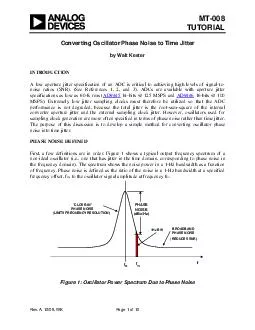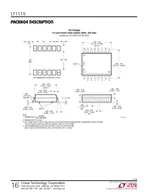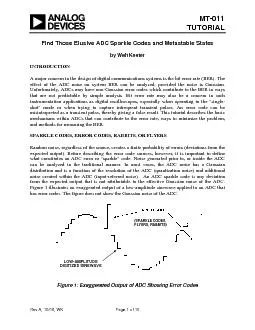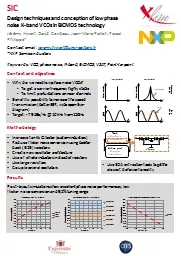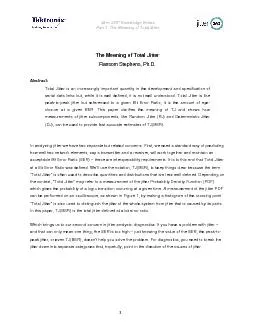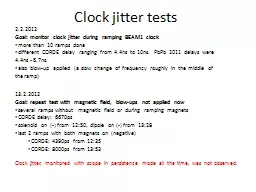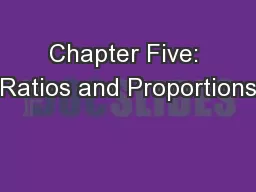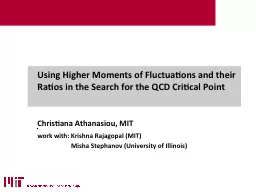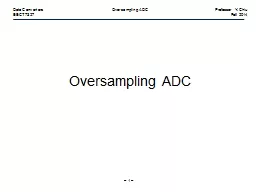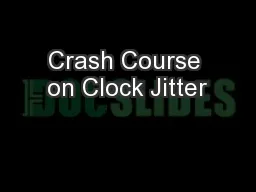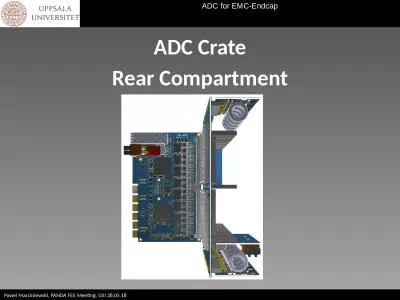PDF-MT TUTORIAL Converting Oscillator Phase Noise to Time Jitter by Walt Kester INTRODUCTION
Author : liane-varnes | Published Date : 2014-12-24
See References 1 2 and 3 ADCs are available with aperture jitter specifications as low as 60fs rms AD9445 14bits 125 MSPS and AD9446 16bits 100 MSPS Extremely low
Presentation Embed Code
Download Presentation
Download Presentation The PPT/PDF document "MT TUTORIAL Converting Oscillator Phase ..." is the property of its rightful owner. Permission is granted to download and print the materials on this website for personal, non-commercial use only, and to display it on your personal computer provided you do not modify the materials and that you retain all copyright notices contained in the materials. By downloading content from our website, you accept the terms of this agreement.
MT TUTORIAL Converting Oscillator Phase Noise to Time Jitter by Walt Kester INTRODUCTION: Transcript
Download Rules Of Document
"MT TUTORIAL Converting Oscillator Phase Noise to Time Jitter by Walt Kester INTRODUCTION"The content belongs to its owner. You may download and print it for personal use, without modification, and keep all copyright notices. By downloading, you agree to these terms.
Related Documents

